In the ever-evolving world of strength training, the belt squat machine has emerged as a popular tool for athletes and fitness enthusiasts alike. Offering a unique approach to lower body workouts, this versatile machine focuses on building muscle strength and hypertrophy without the added strain on the spine. Whether you're looking to enhance your squat routine or seeking a safer alternative, understanding the muscles worked by the belt squat machine is essential for maximizing your training effectiveness.
What Is a Belt Squat Machine?
A belt squat machine is a specialized piece of gym equipment designed to facilitate squat exercises while minimizing spinal loading. Unlike traditional barbell squats, where weight is placed on the shoulders, the belt squat machine uses a belt or padded strap around the hips or thighs to support the weight. This setup allows for intense lower body workouts without compromising the back, making it ideal for individuals with spinal concerns or those looking to diversify their squat variations.
Primary Muscles Worked by the Belt Squat Machine
1. Quadriceps
The quadriceps are the primary muscles targeted during belt squats. Located at the front of the thighs, these muscles are responsible for extending the knee and are crucial for movements like walking, running, and jumping. Belt squats provide a deep knee bend, ensuring maximum activation of the quads, which is essential for building strength and muscle size.
2. Hamstrings
Situated at the back of the thighs, the hamstrings play a vital role in knee flexion and hip extension. While belt squats primarily focus on the quads, the hamstrings are engaged to stabilize the movement and assist in the lifting phase. Strengthening the hamstrings is important for overall leg balance and injury prevention.
3. Glutes
The gluteal muscles—comprising the gluteus maximus, medius, and minimus—are heavily involved in belt squats. These muscles are essential for hip extension, providing power for movements such as standing up from a squat. Strong glutes contribute to better athletic performance and a toned lower body appearance.
4. Calves
The calf muscles, including the gastrocnemius and soleus, are engaged during the ascending phase of the belt squat. They aid in ankle stabilization and contribute to the overall strength and endurance of the lower legs.
Secondary Muscles Engaged
1. Core Muscles
Performing belt squats requires significant core stabilization. The abdominals and obliques work to maintain an upright posture and prevent excessive forward leaning, ensuring that the weight is properly distributed and reducing the risk of injury.
2. Lower Back
While the belt squat machine minimizes spinal loading compared to traditional squats, the erector spinae and other lower back muscles still play a supportive role in maintaining proper form and posture during the exercise.
3. Adductors and Abductors
The adductor and abductor muscles of the hips are subtly engaged to stabilize the legs and maintain alignment during the squat. This engagement helps in developing balanced muscle strength across the lower body.
Benefits of Using a Belt Squat Machine
1. Reduced Spinal Load
One of the significant advantages of the belt squat machine is the reduction of spinal loading. By eliminating the need to support weight on the shoulders, it allows individuals with back issues to perform squats safely.
2. Increased Lower Body Strength
Belt squats effectively target the major muscle groups in the lower body, promoting strength gains and muscle hypertrophy. This can translate to improved performance in various athletic and everyday activities.
3. Improved Muscle Balance
By isolating the lower body muscles, belt squats help in correcting muscle imbalances that may arise from overemphasizing certain muscle groups in traditional squat routines.
4. Versatility in Training
The belt squat machine offers various adjustments and can accommodate different foot stances and belt positions, allowing for a customizable workout that can be tailored to individual needs and goals.
How to Use the Belt Squat Machine Properly
Setup Instructions
- Adjust the Belt: Secure the belt around your hips or thighs, ensuring it fits snugly but comfortably.
- Set the Weight: Select an appropriate weight that challenges your muscles without compromising form.
- Position Your Feet: Place your feet shoulder-width apart or in a stance that feels natural and stable.
Proper Form Tips
- Maintain an Upright Posture: Keep your back straight and chest up throughout the movement.
- Knee Alignment: Ensure your knees track over your toes to avoid undue stress on the joints.
- Controlled Movement: Perform the squat with a controlled tempo, focusing on both the concentric and eccentric phases.
Common Mistakes to Avoid
- Rounding the Back: Avoid leaning forward excessively, which can place unnecessary strain on the lower back.
- Heels Lifting: Keep your heels grounded to maintain balance and maximize muscle engagement.
- Using Excessive Weight: Prioritize proper form over lifting heavier weights to prevent injury.
Belt Squats vs. Traditional Squat Variations
Barbell Back Squat
While the barbell back squat is a staple in many training programs, it places significant load on the spine and shoulders. Belt squats offer a safer alternative by redistributing the weight, making them suitable for those with back issues or seeking variety.
Front Squat
The front squat emphasizes the quadriceps more than the back squat and requires significant core strength. Belt squats similarly target the quads but without the additional demand on the upper body.
Goblet Squat
The goblet squat is a beginner-friendly variation that uses a dumbbell or kettlebell. Belt squats provide a similar muscle activation pattern but allow for heavier weights and greater overall muscle engagement.
Incorporating Belt Squats into Your Training Routine
To maximize the benefits of the belt squat machine, consider integrating it into your lower body workouts 2-3 times per week. Pairing belt squats with other compound movements like deadlifts and lunges can create a balanced and comprehensive strength training program.
Conclusion
The belt squat machine is a powerful tool for targeting and strengthening the lower body muscles, including the quadriceps, hamstrings, glutes, and calves. Its ability to reduce spinal load while enhancing muscle engagement makes it an excellent addition to any strength training regimen. By understanding the muscles worked and implementing proper form, you can harness the full potential of belt squats to achieve your fitness goals safely and effectively.
Embrace the versatility and benefits of the belt squat machine, and take your lower body training to the next level!


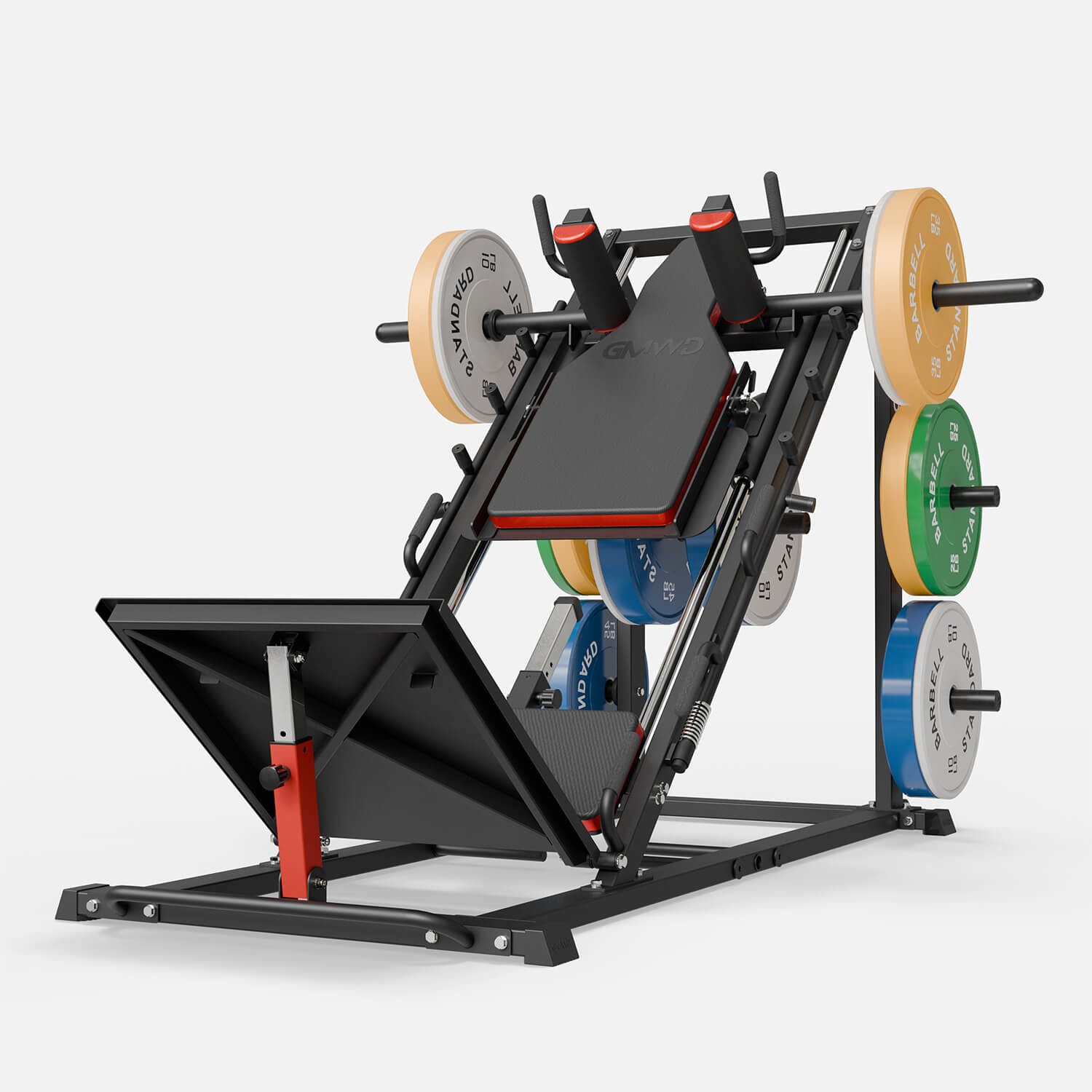
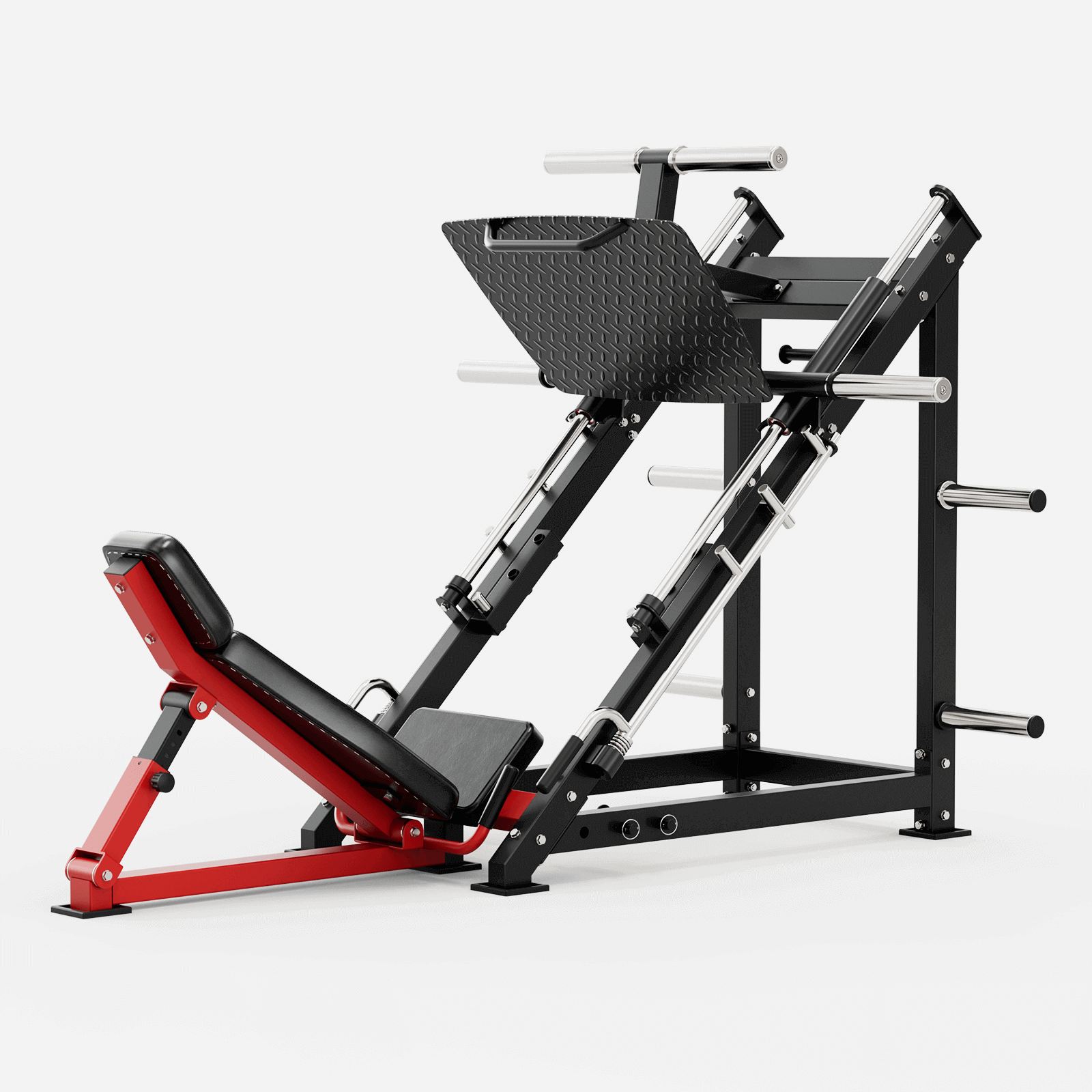
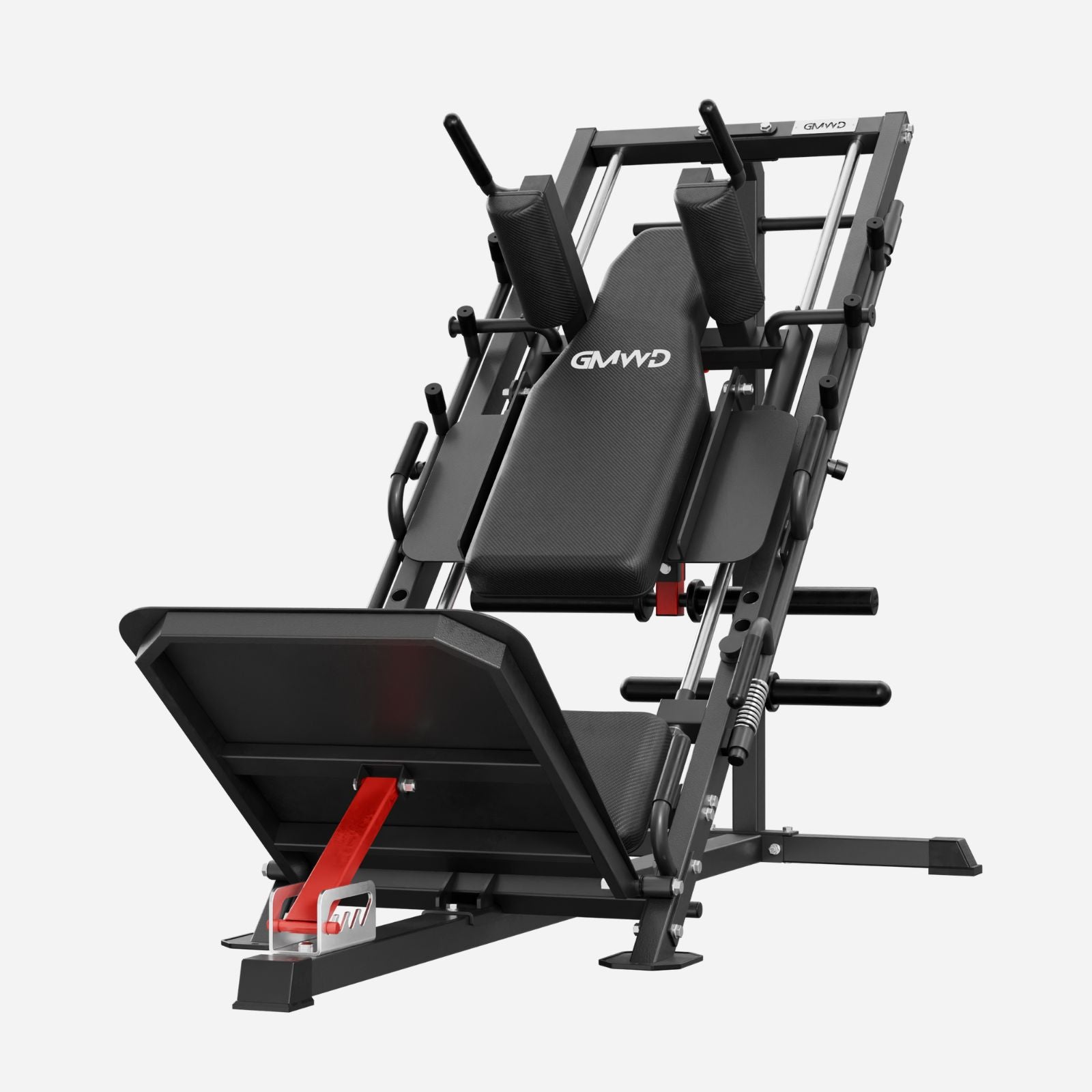
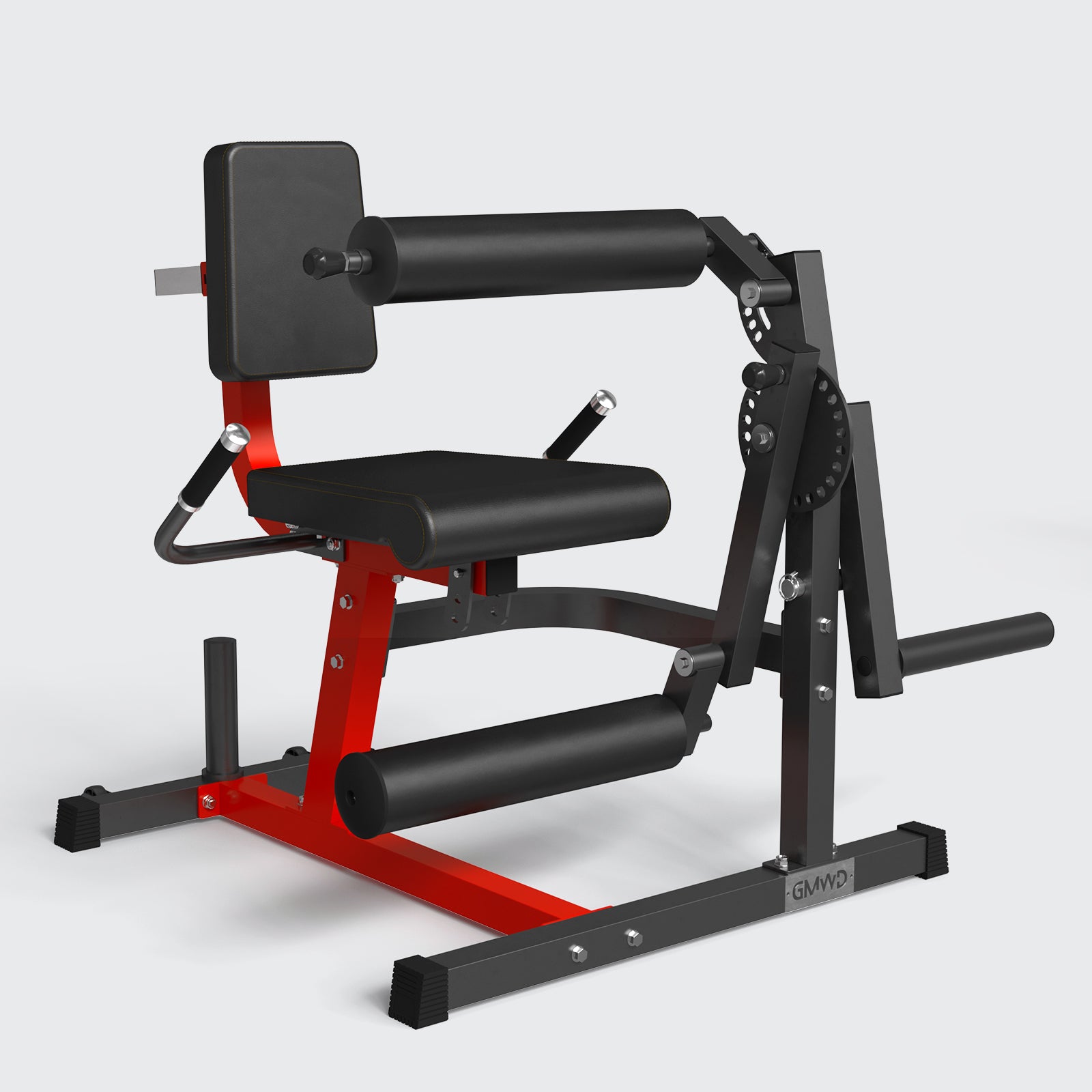
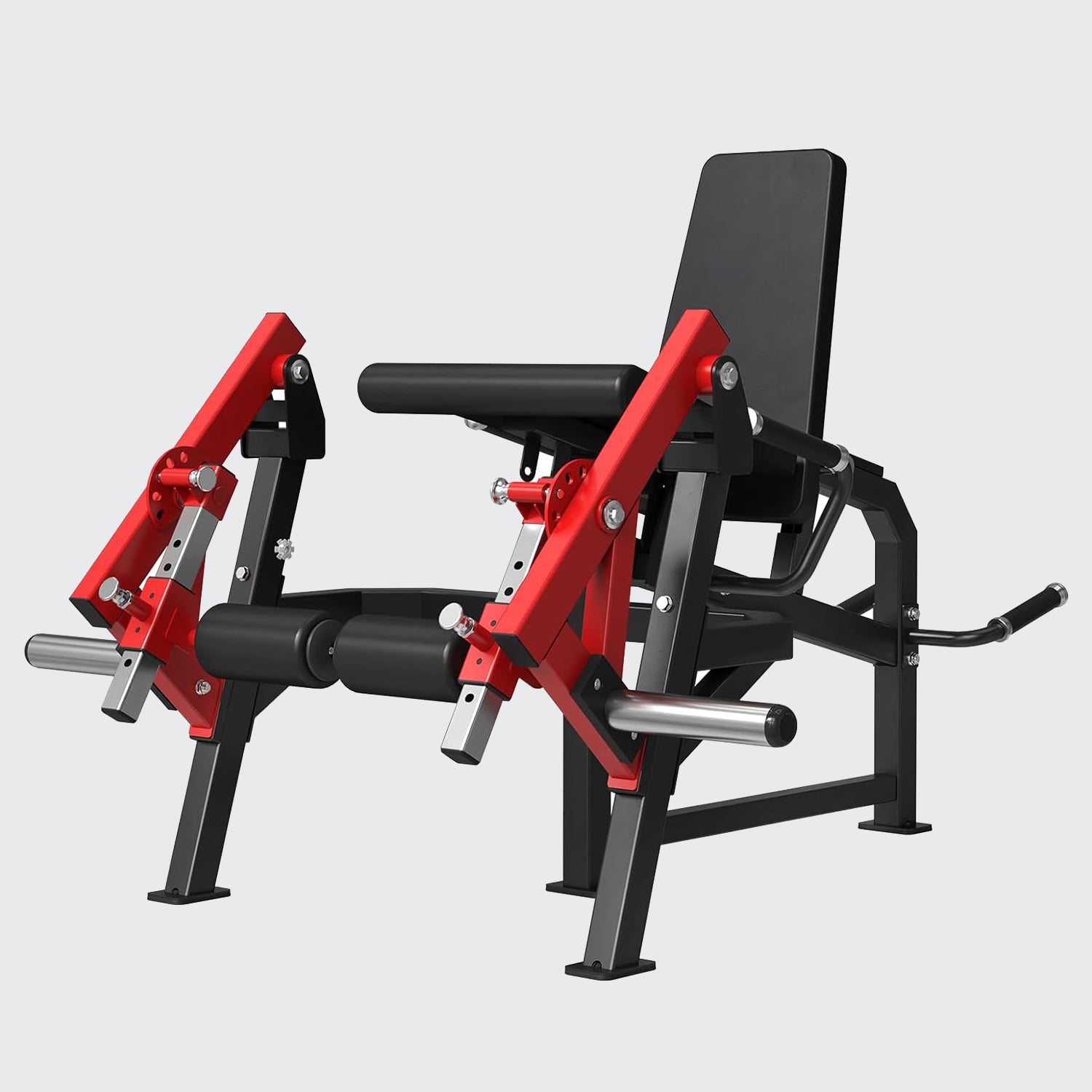
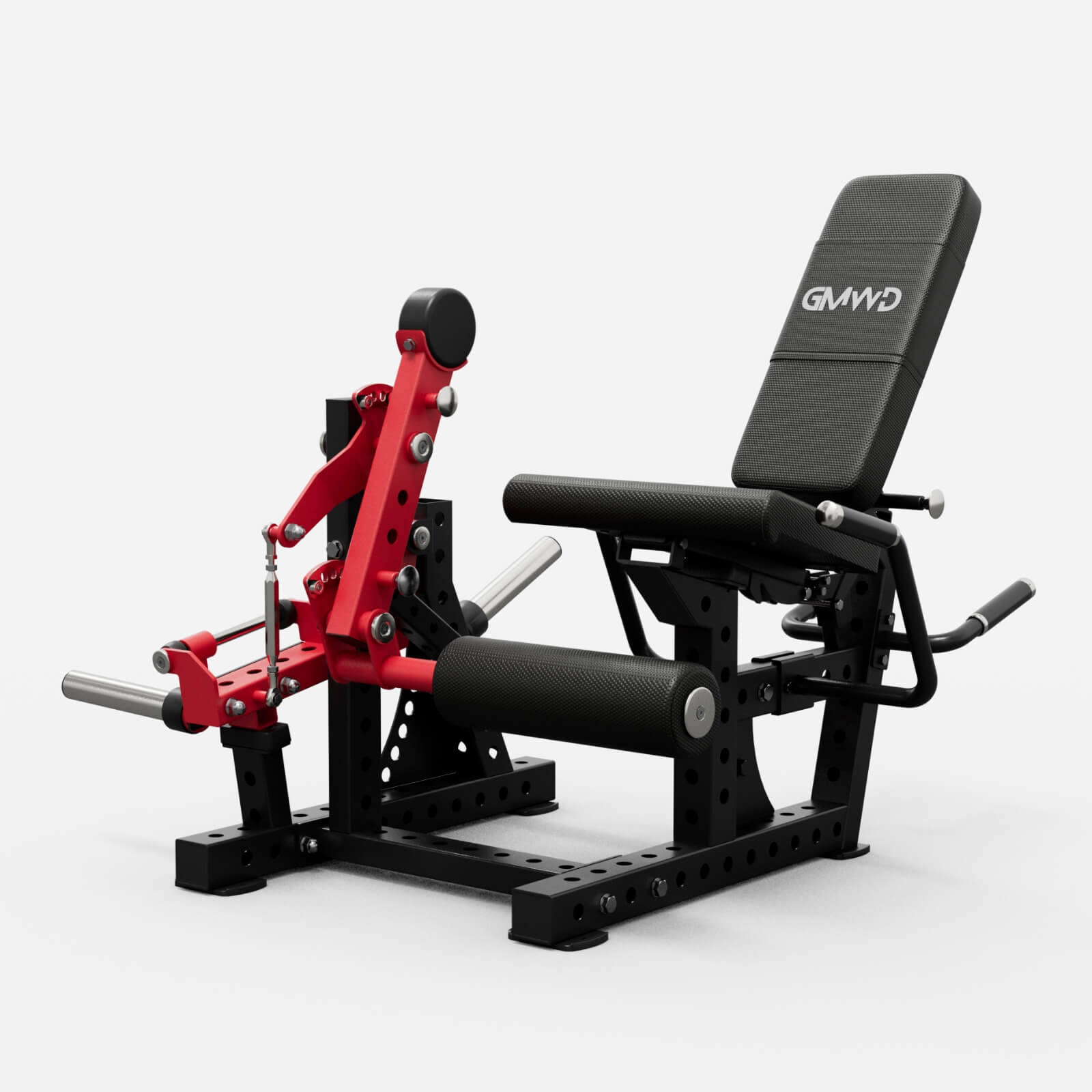
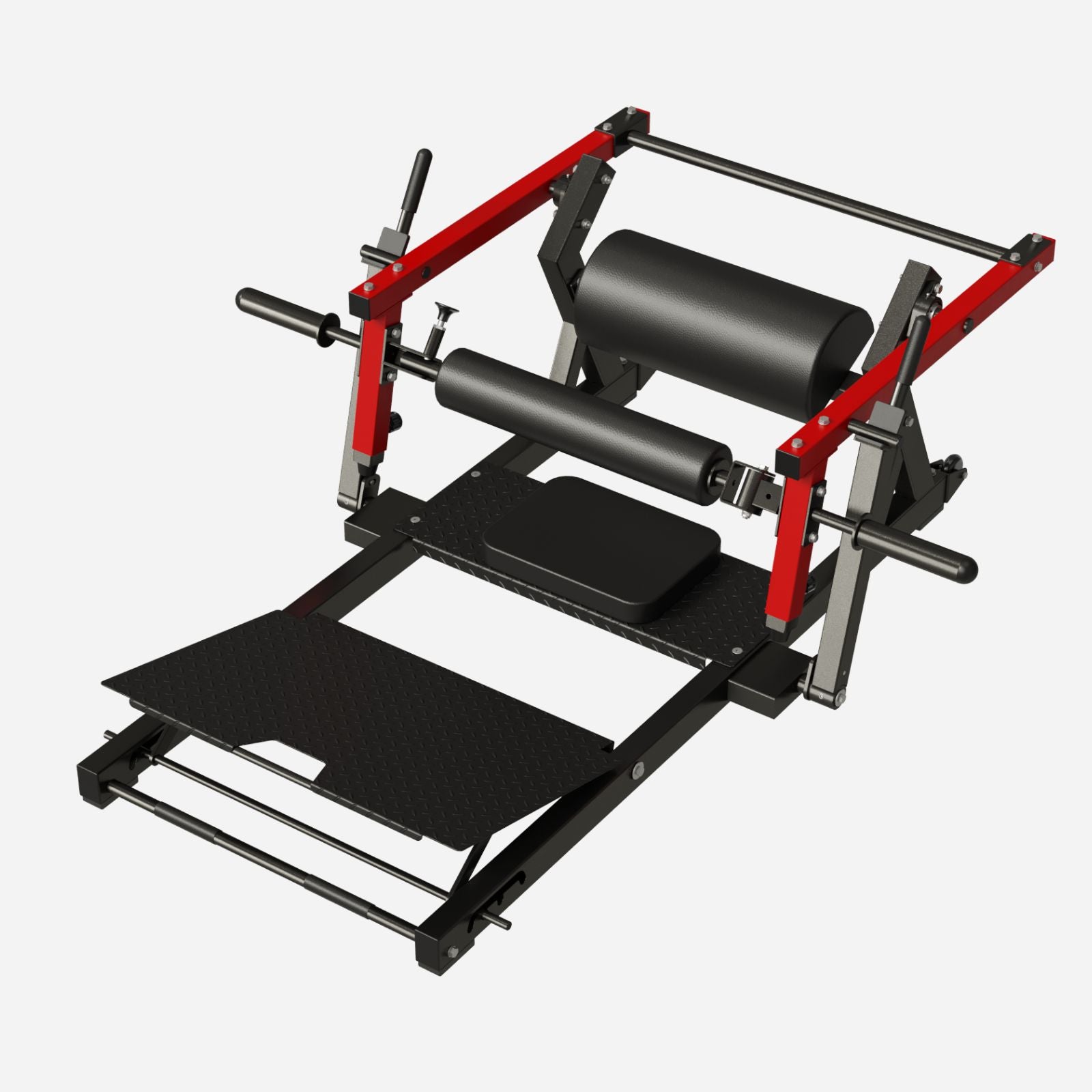

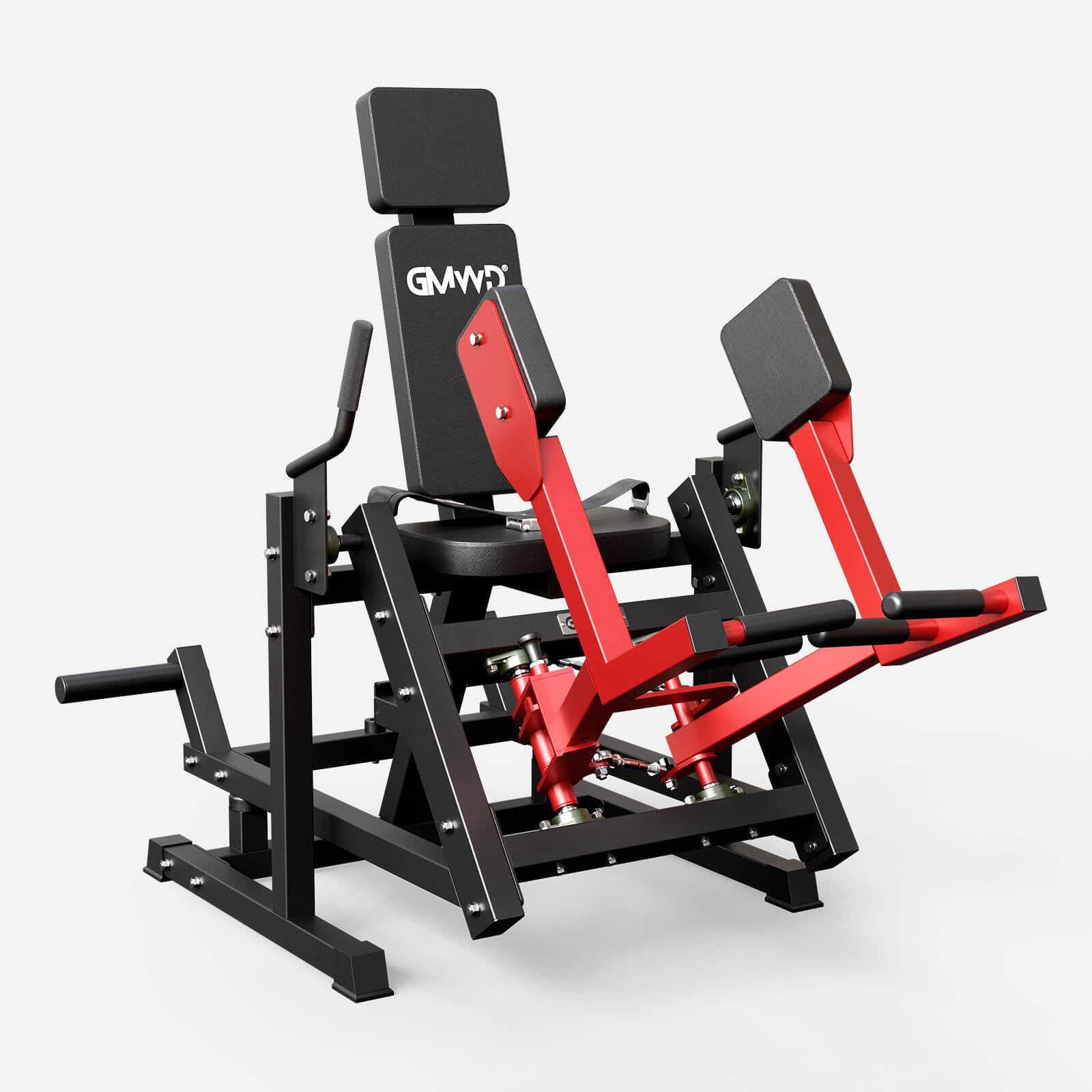
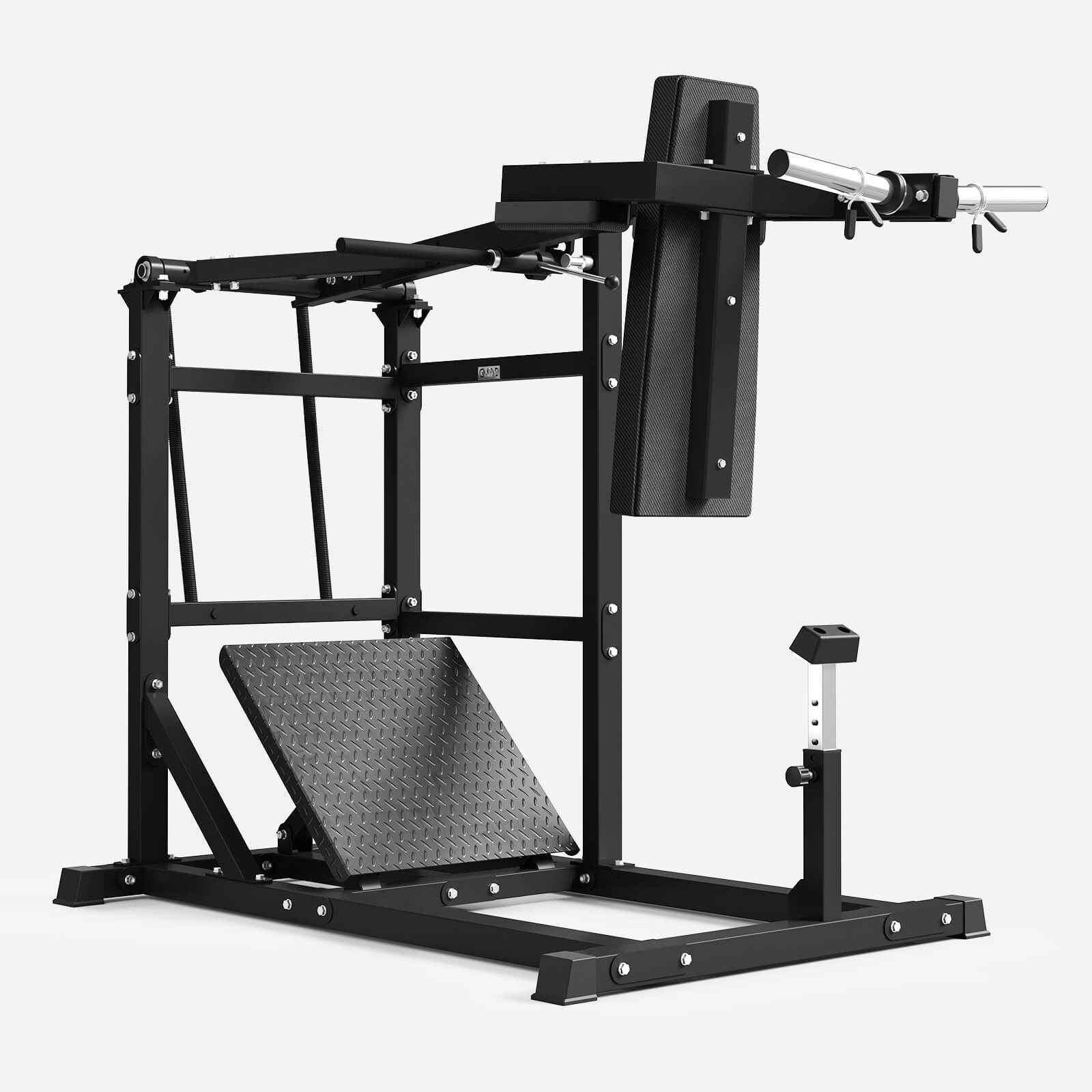
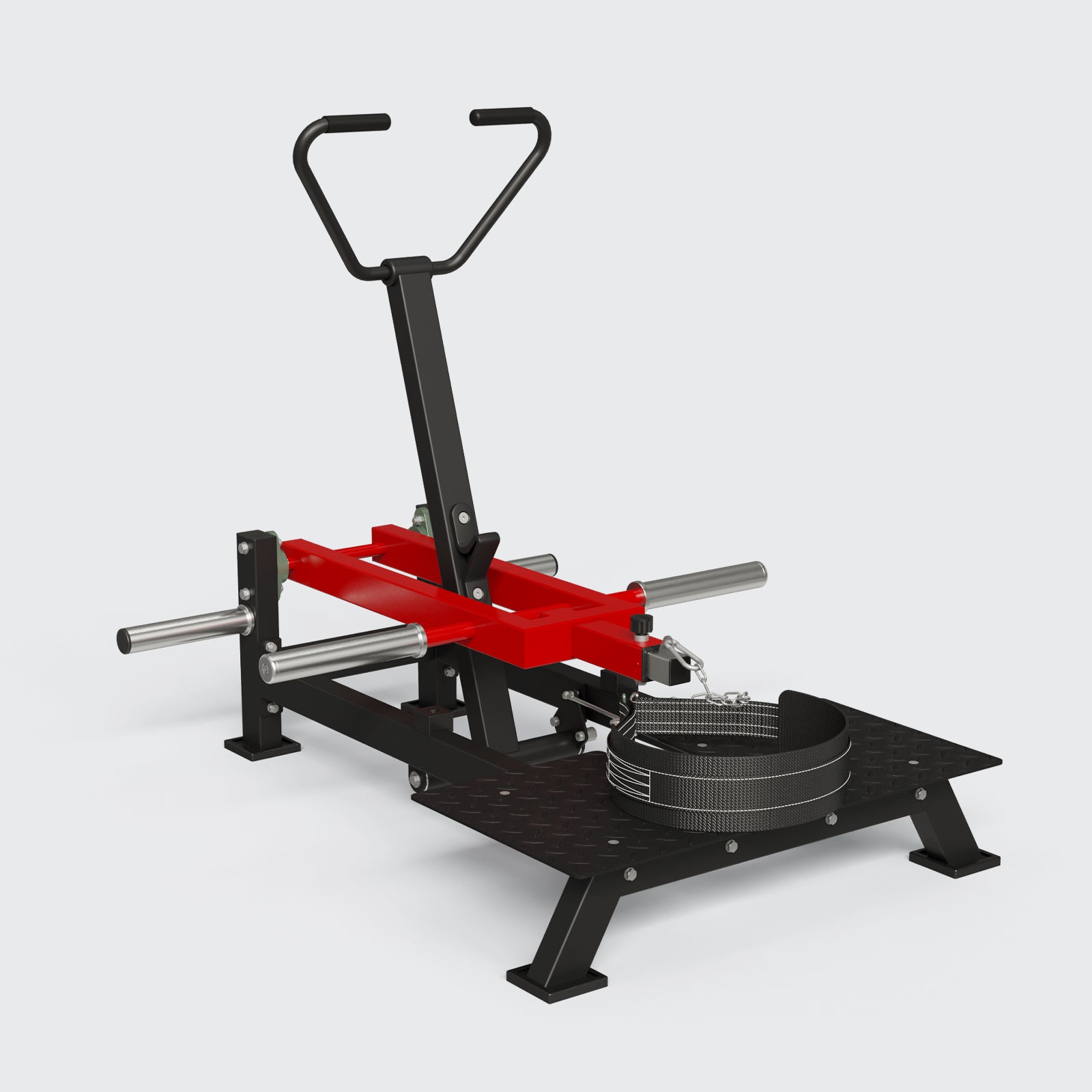
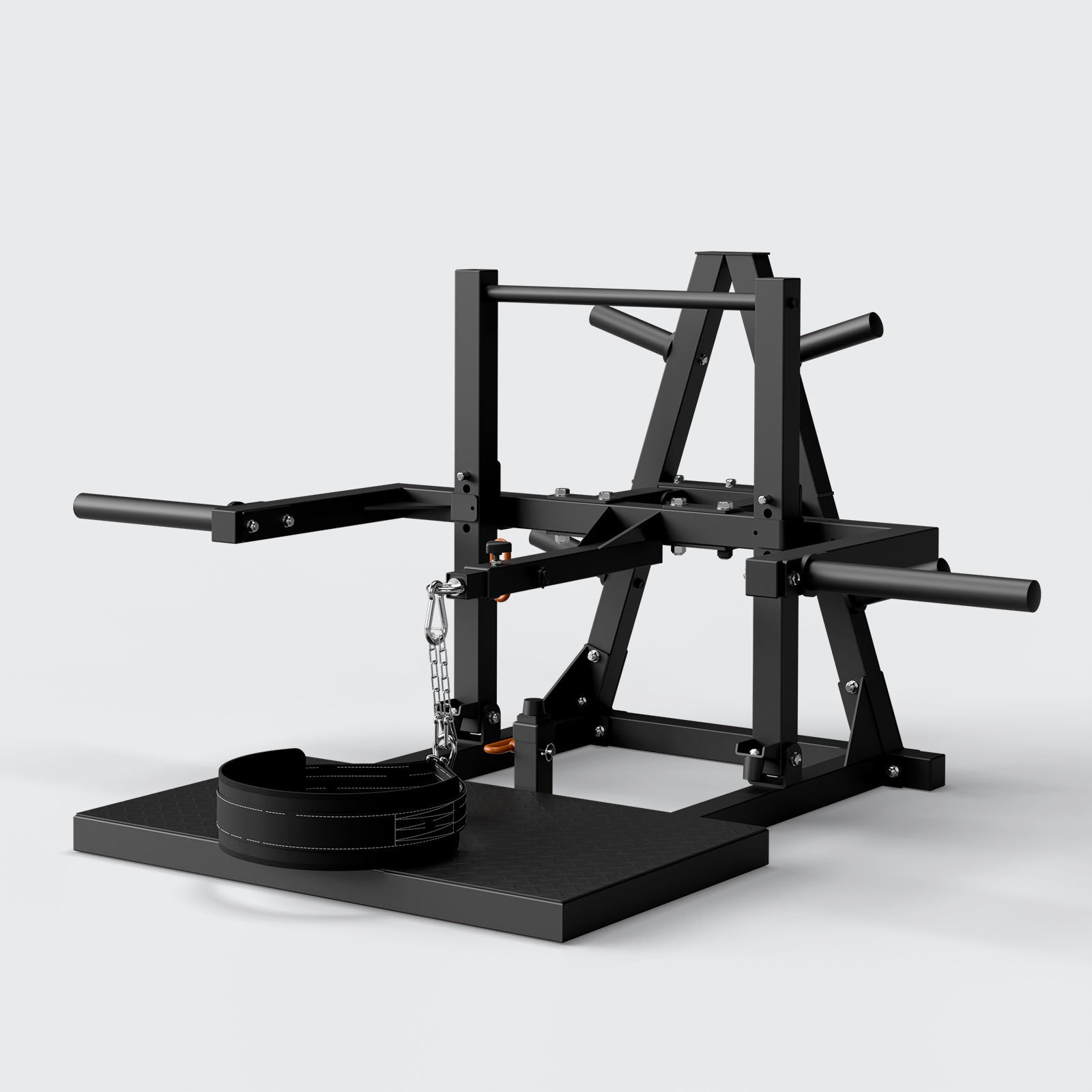

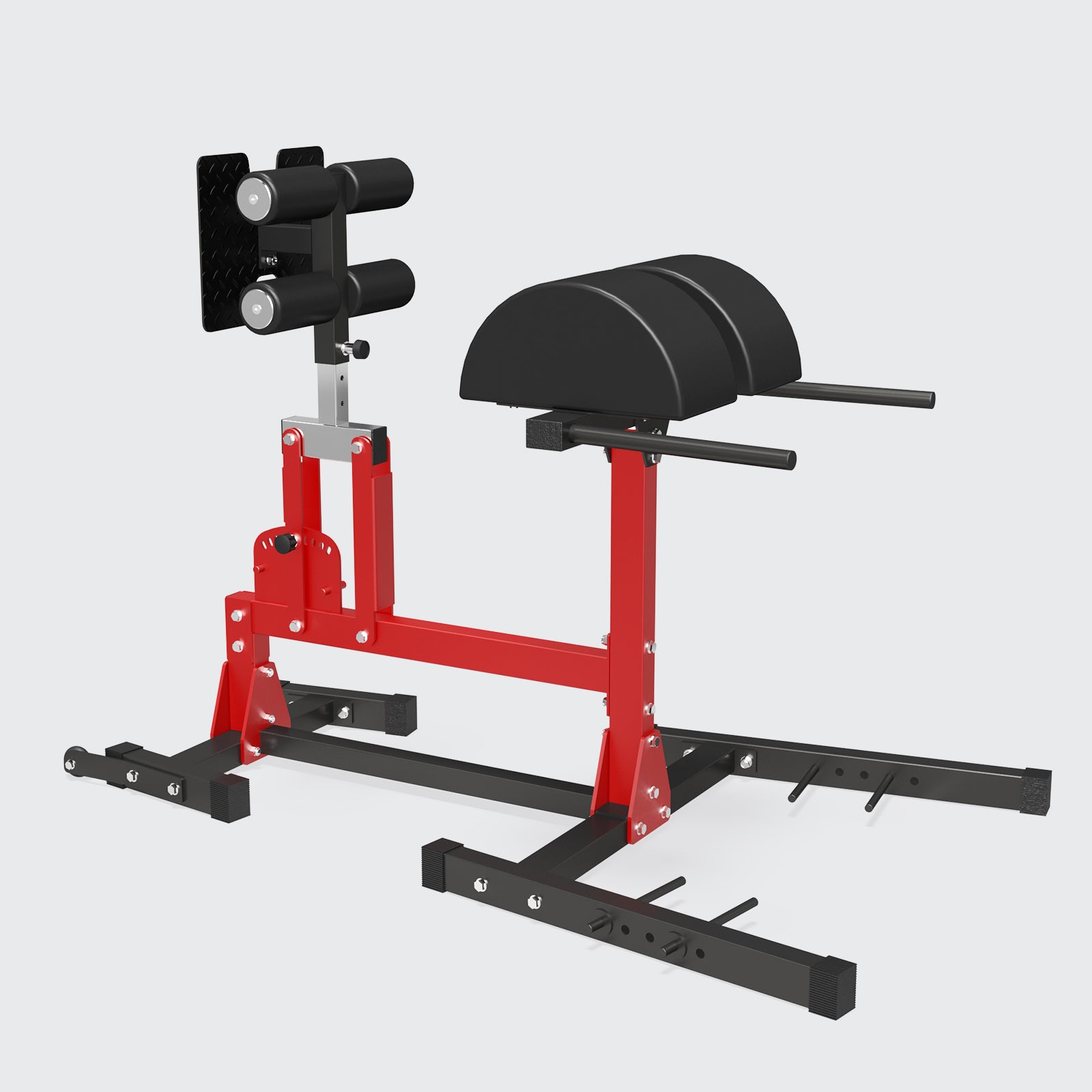
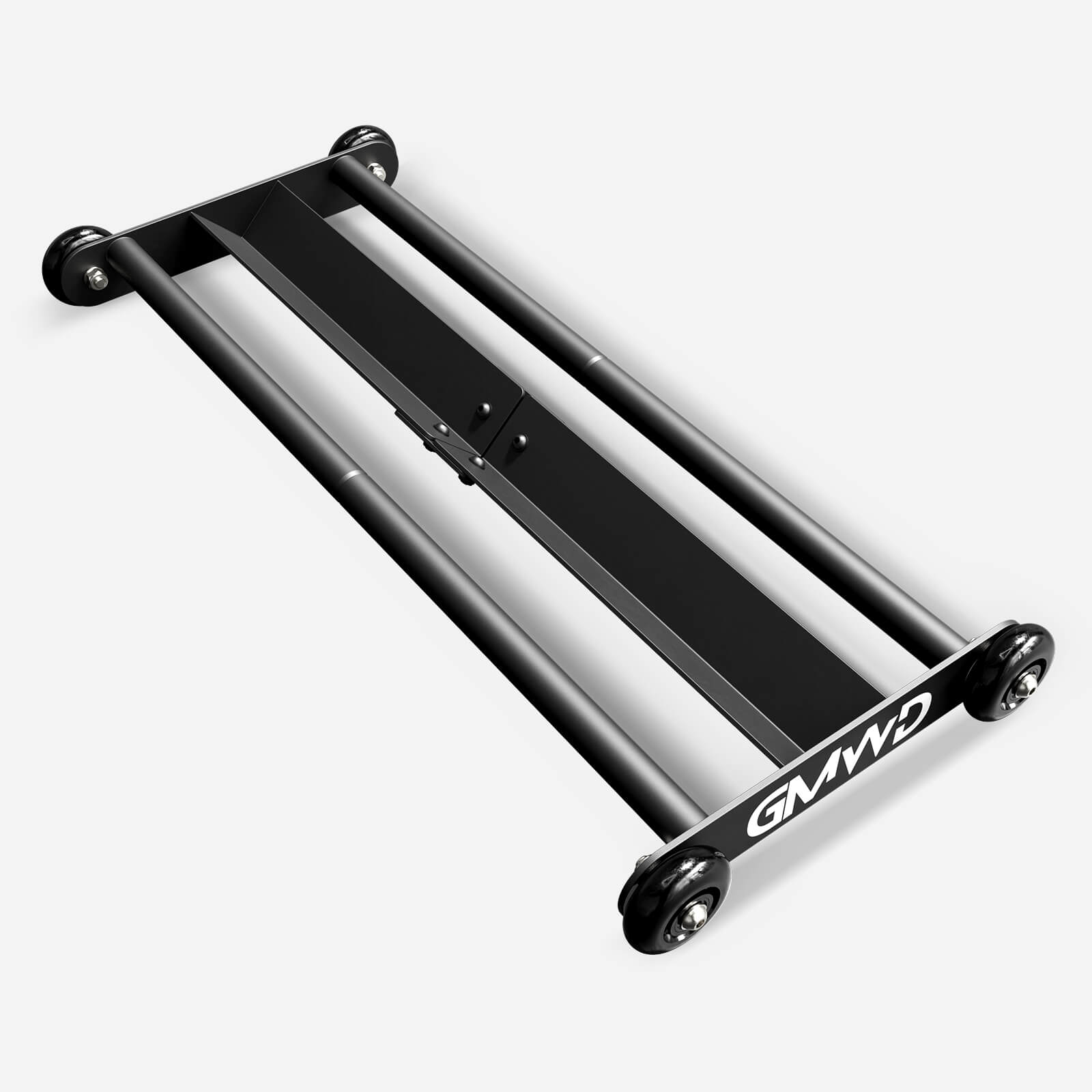
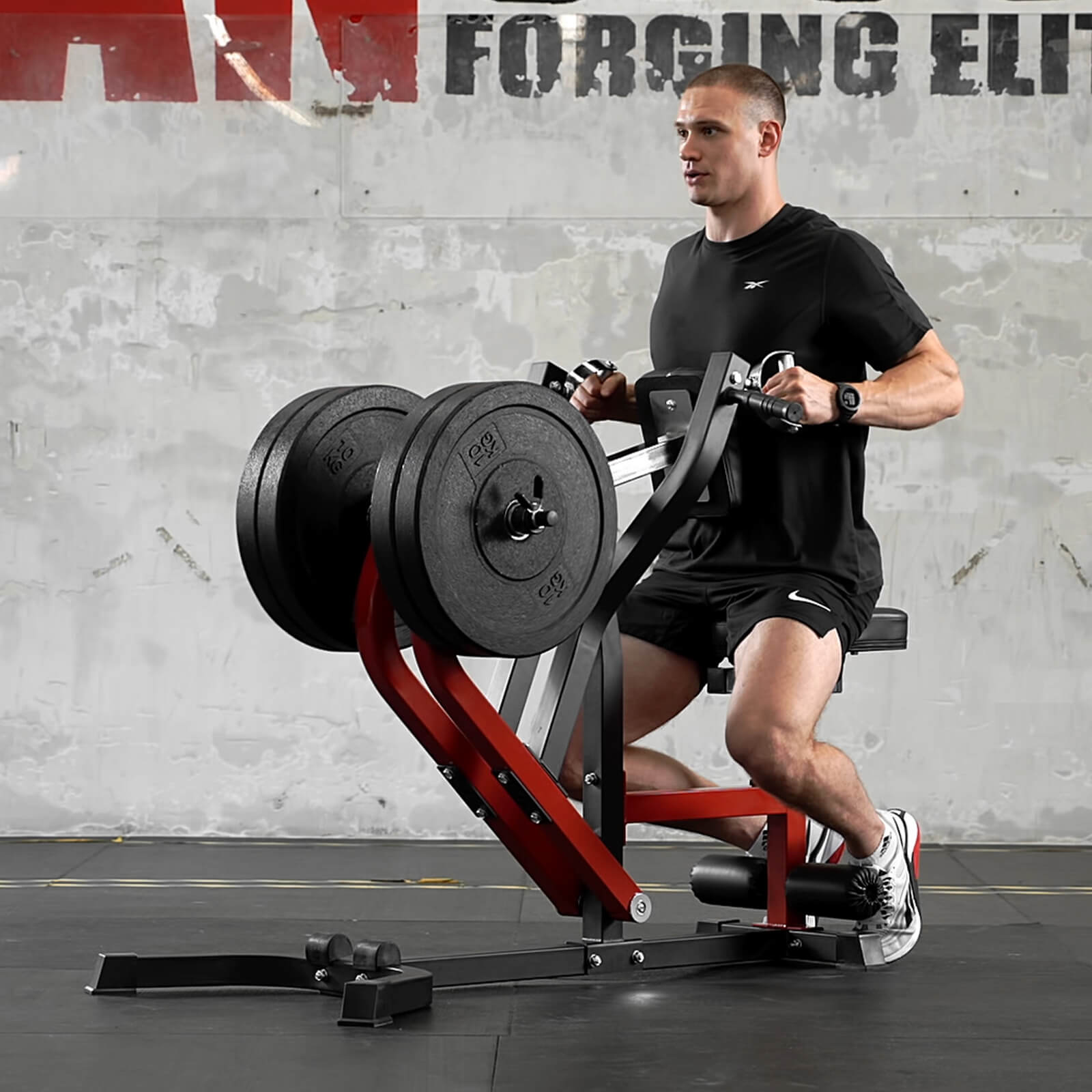
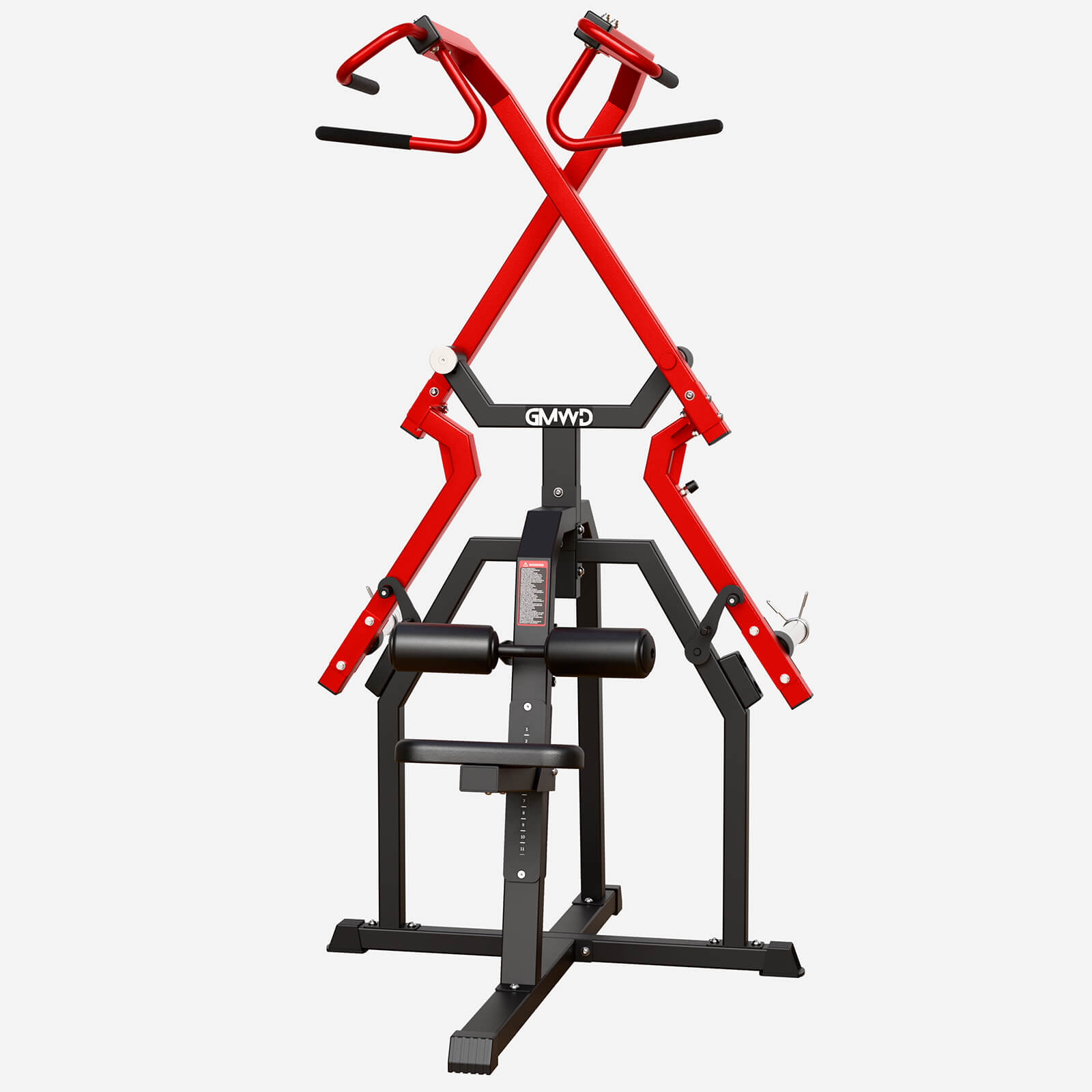
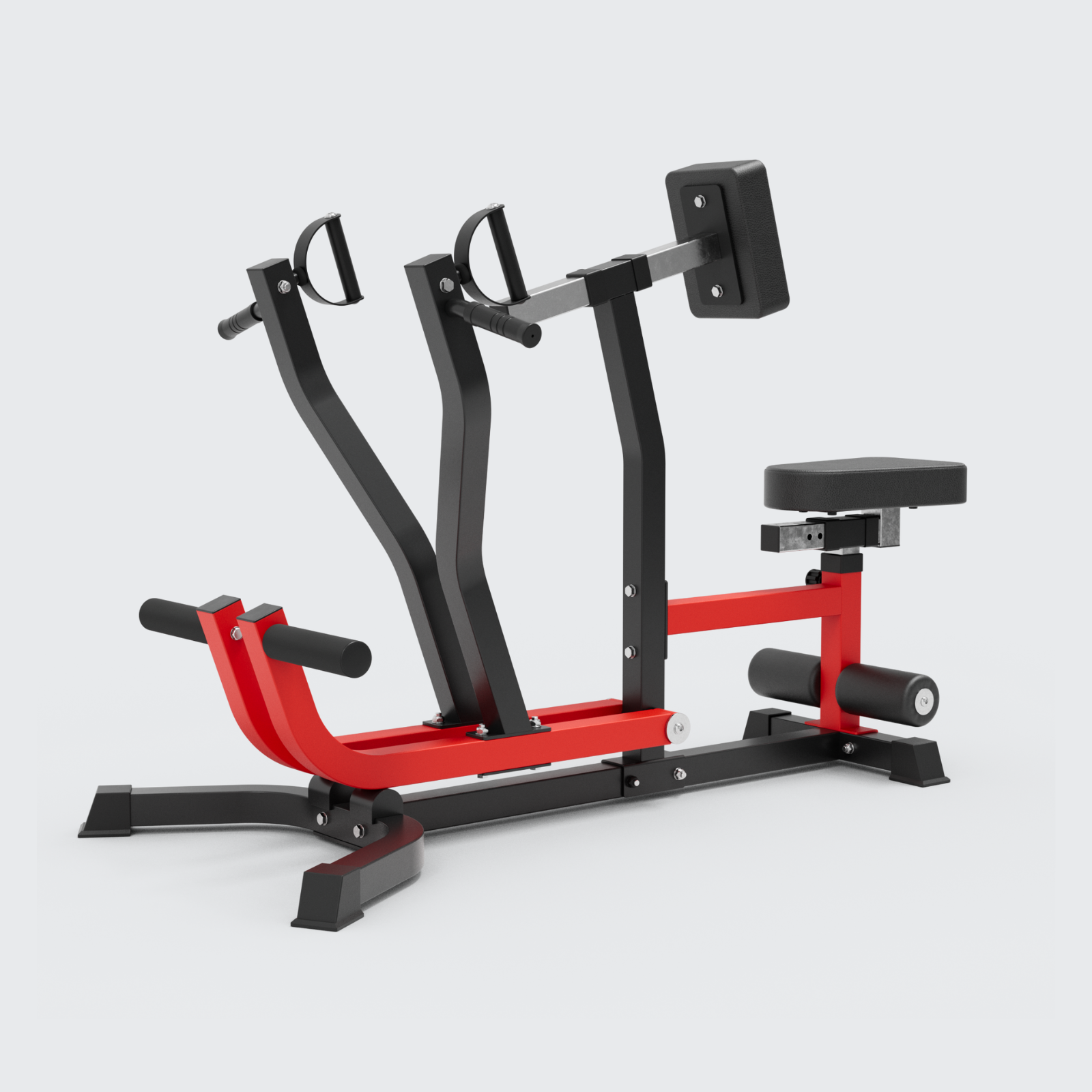
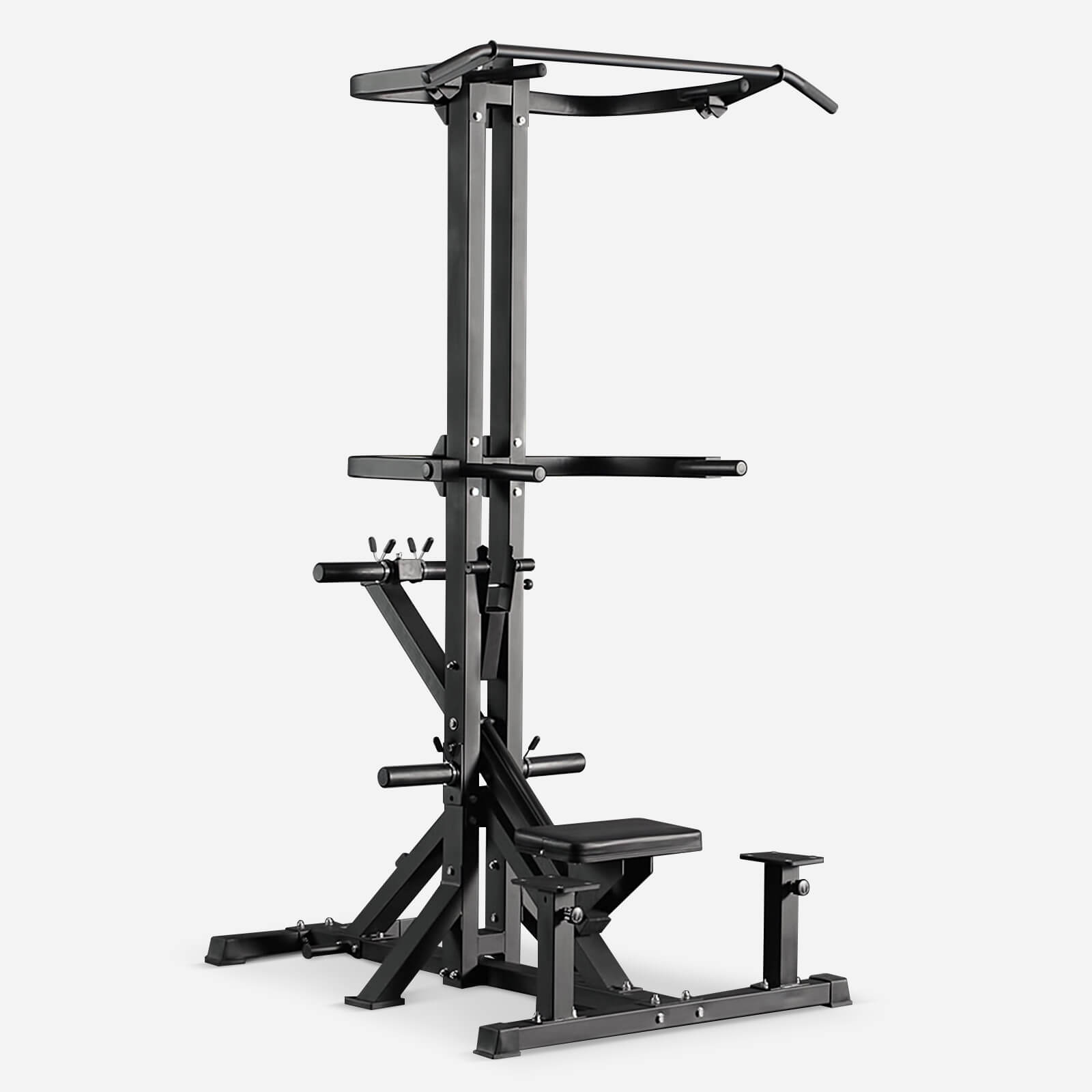


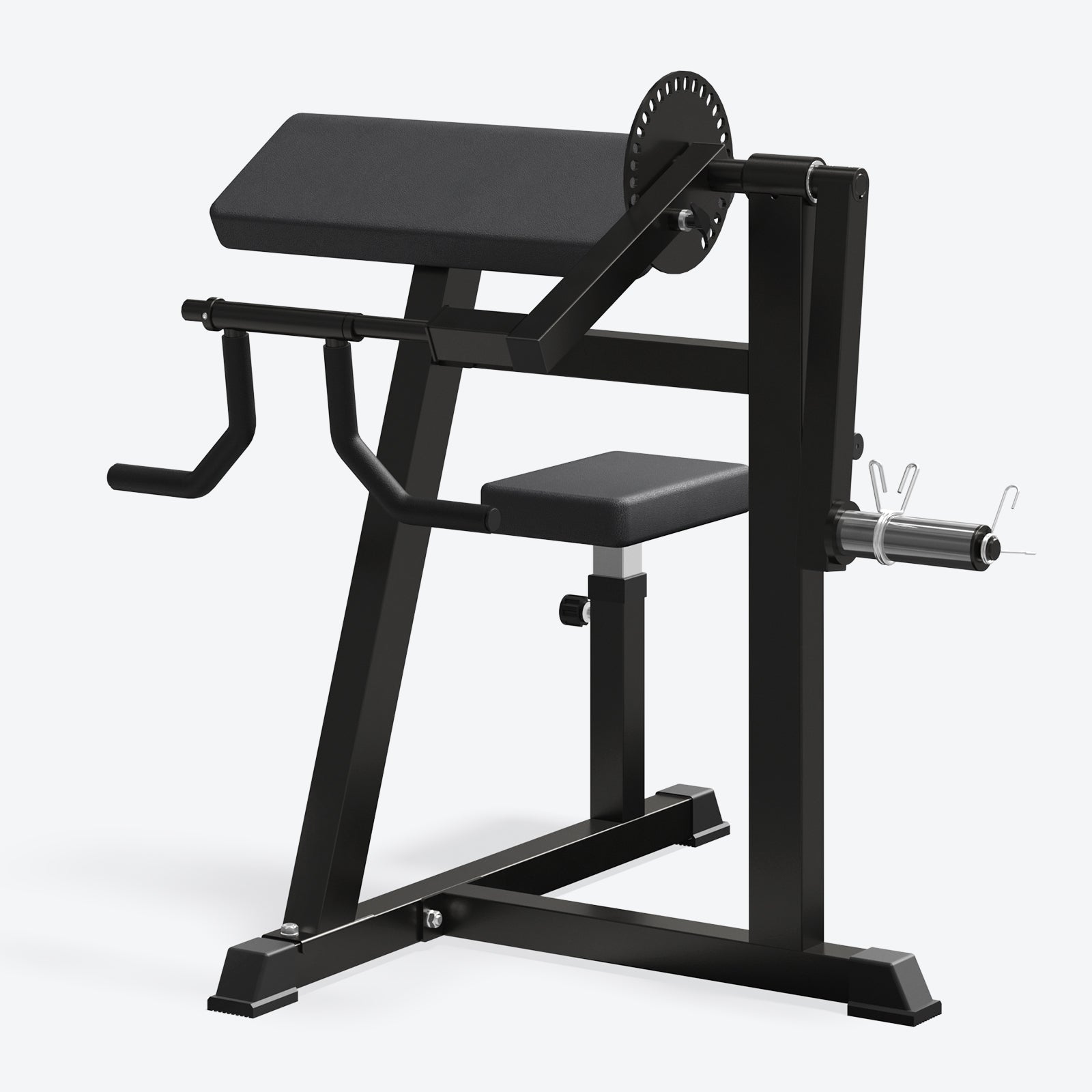
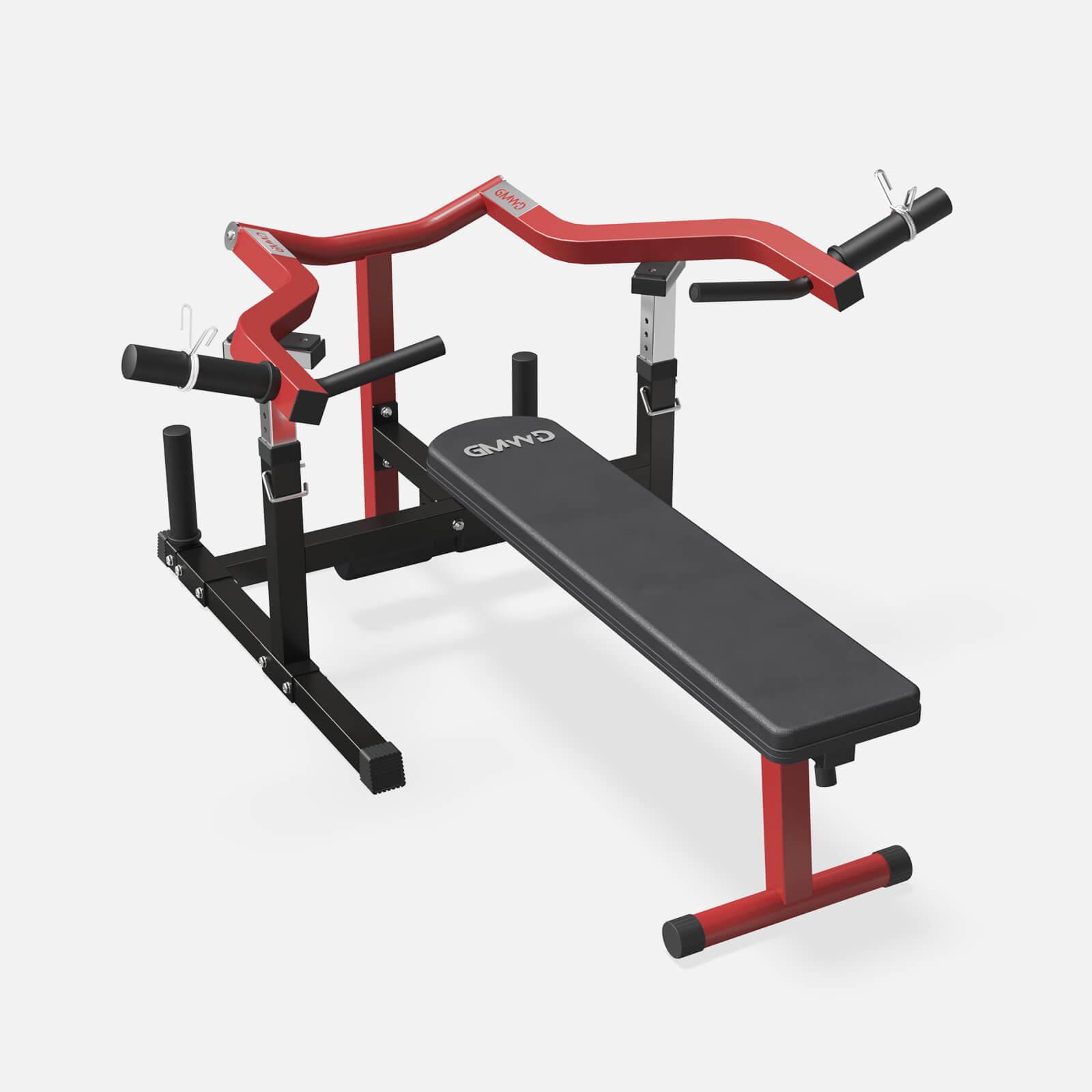
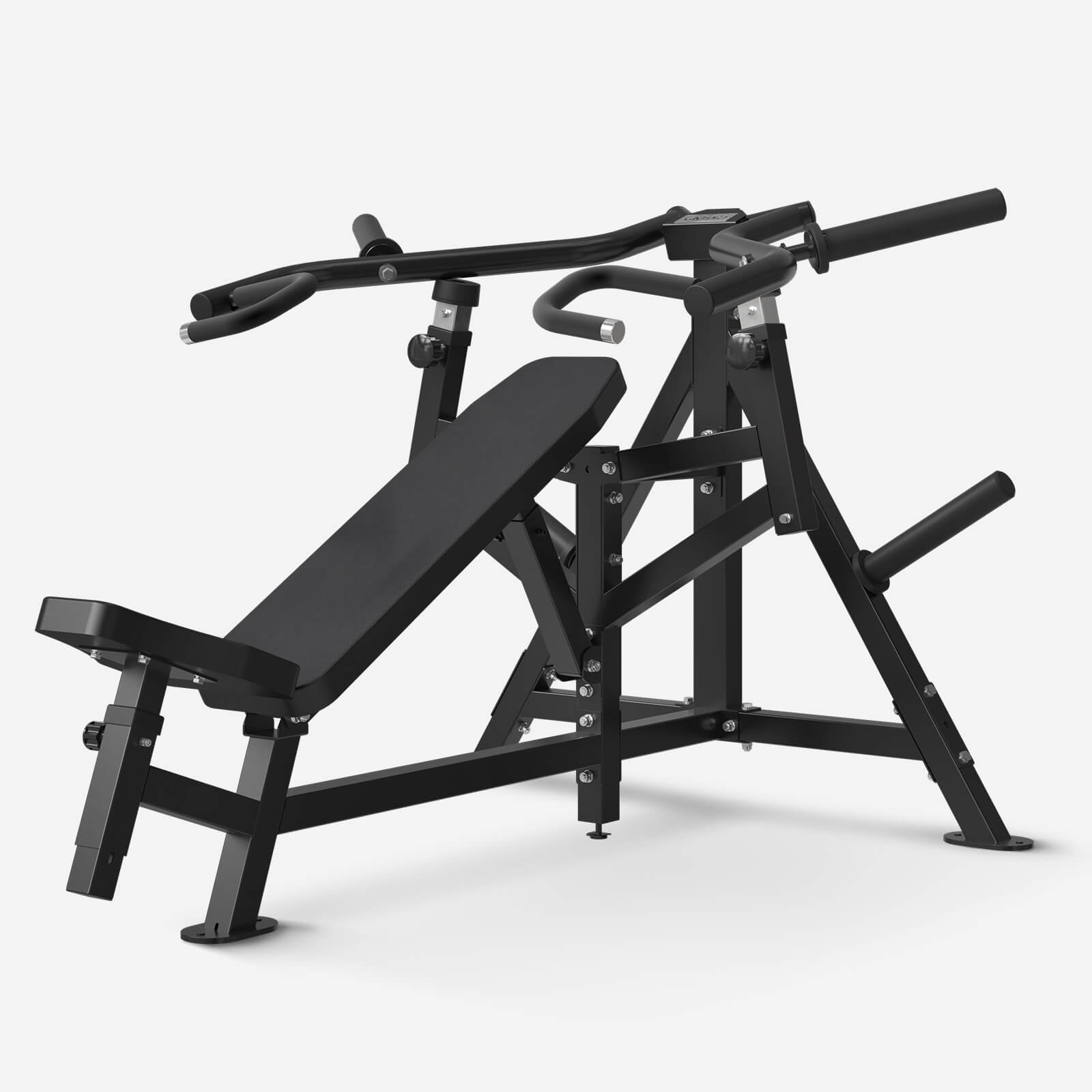
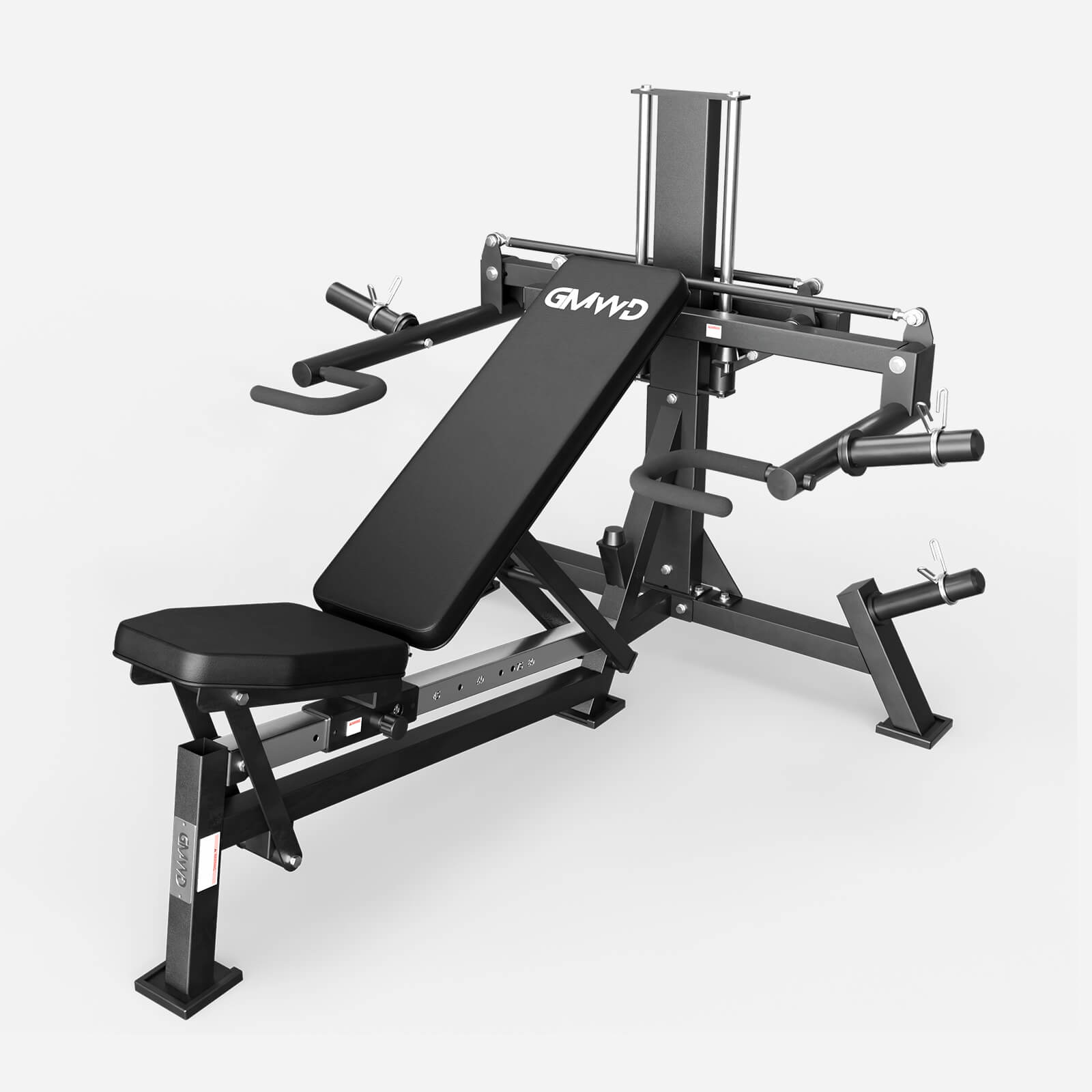
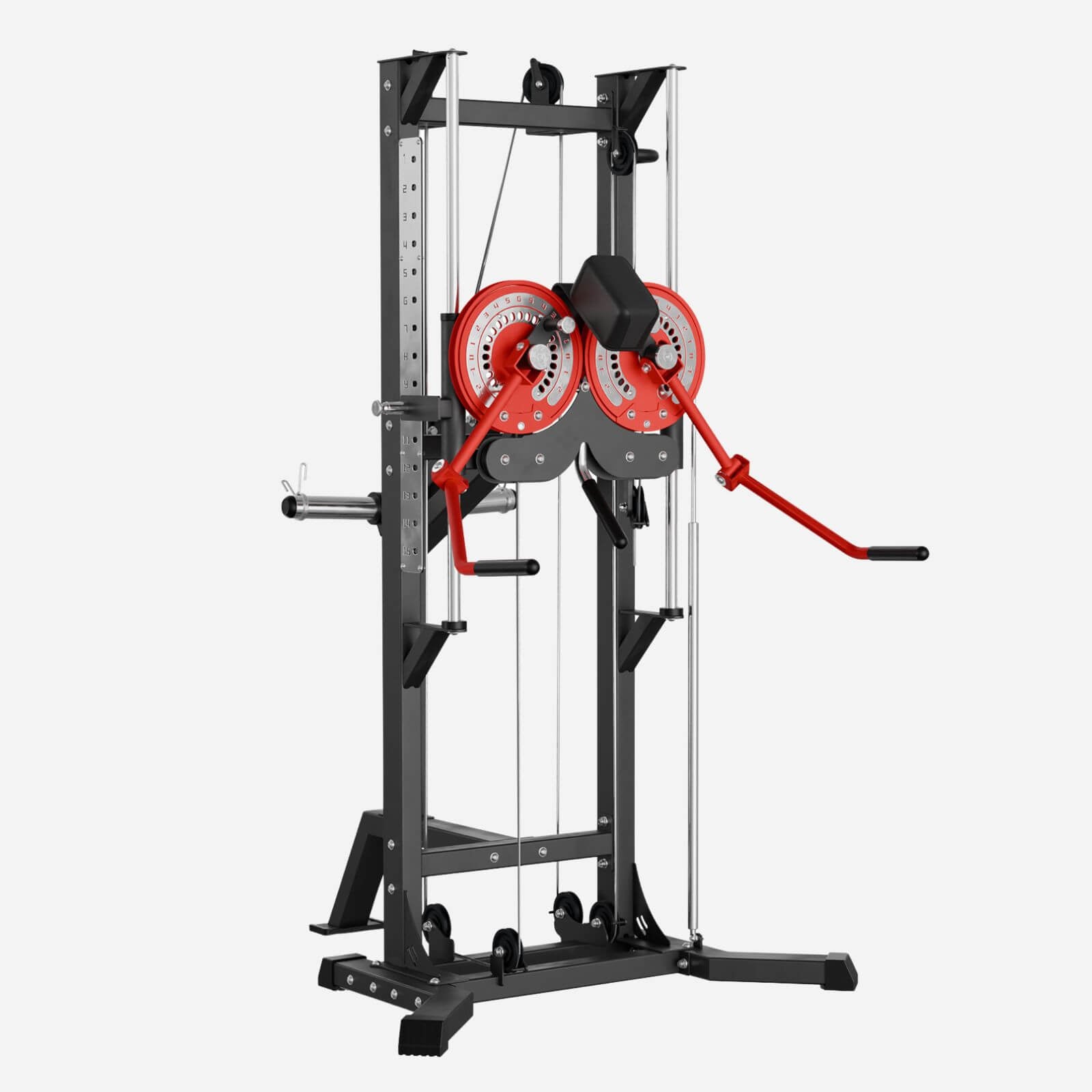
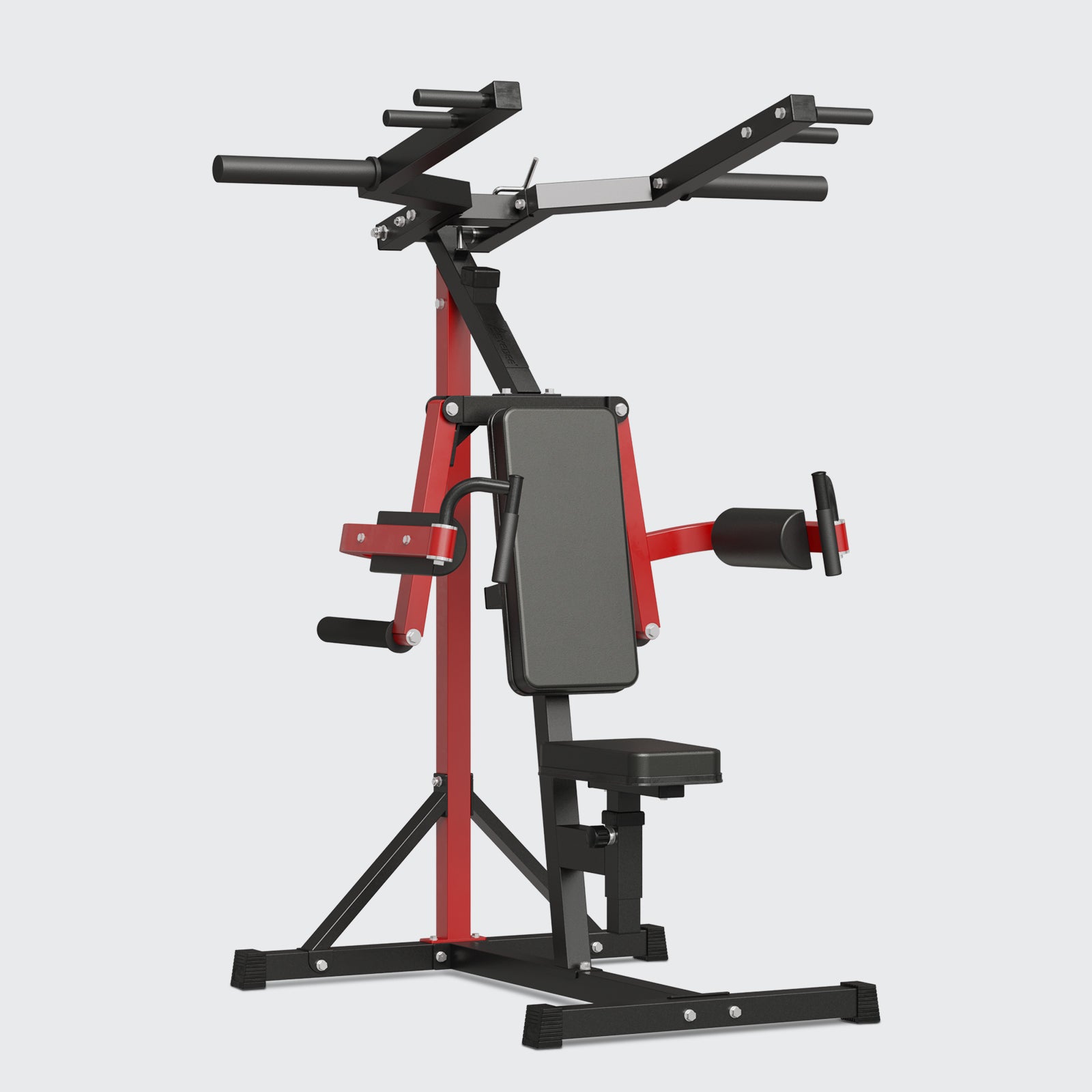
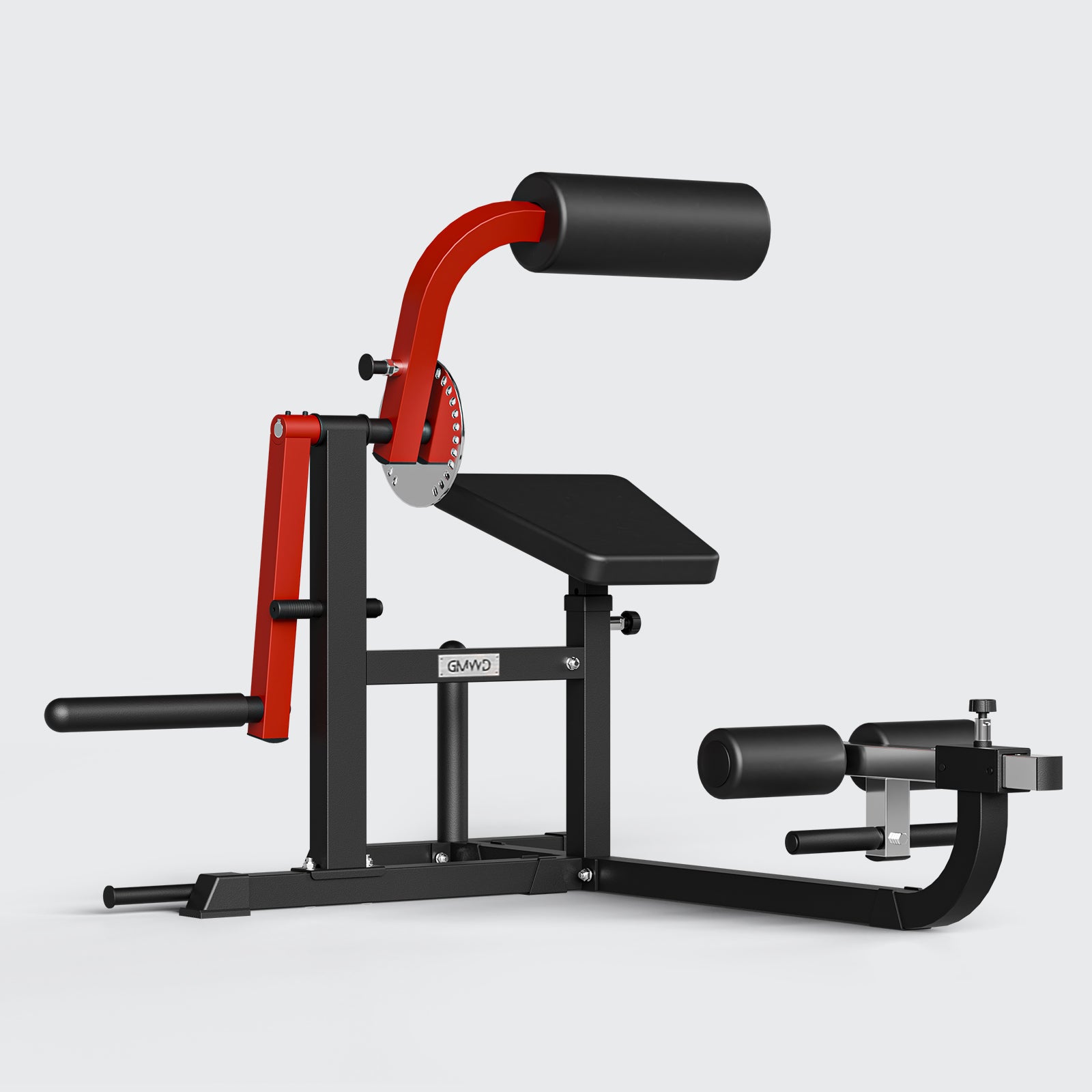
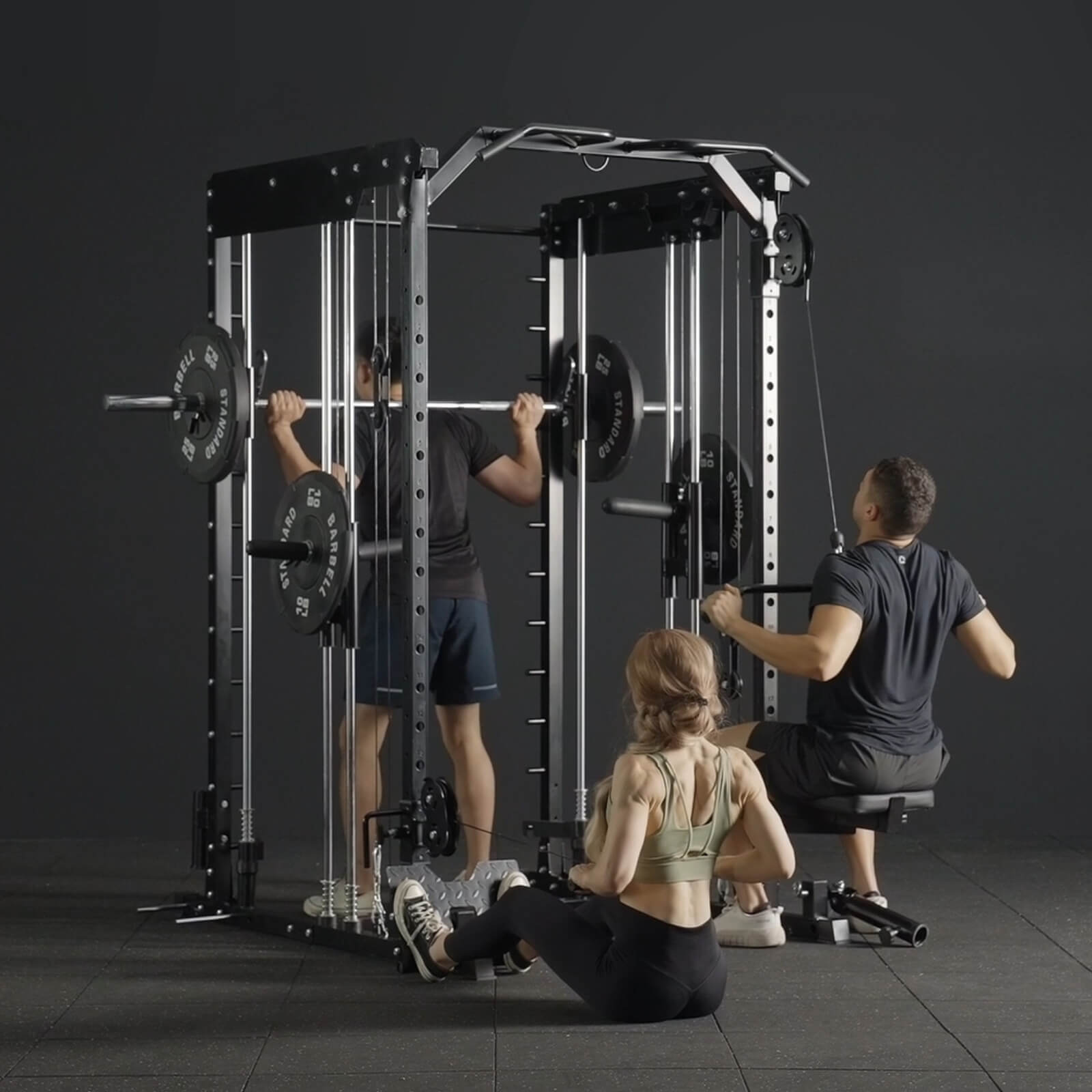
Leave a comment
All comments are moderated before being published.
This site is protected by hCaptcha and the hCaptcha Privacy Policy and Terms of Service apply.